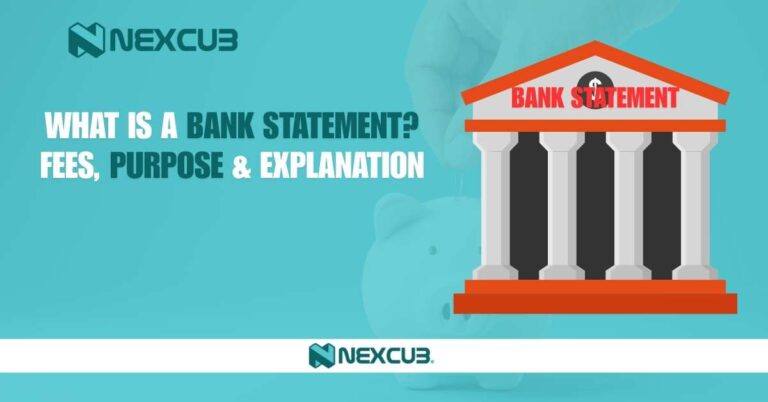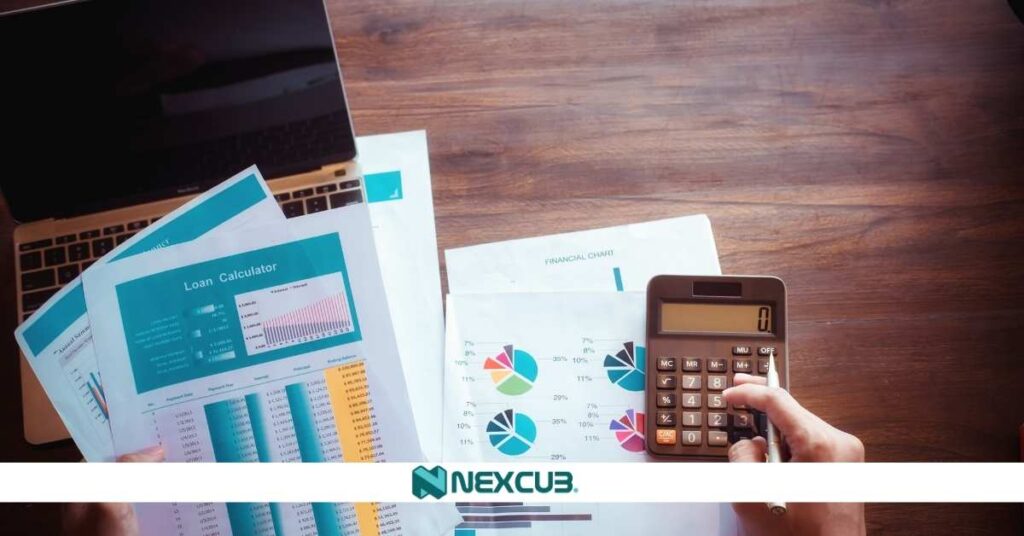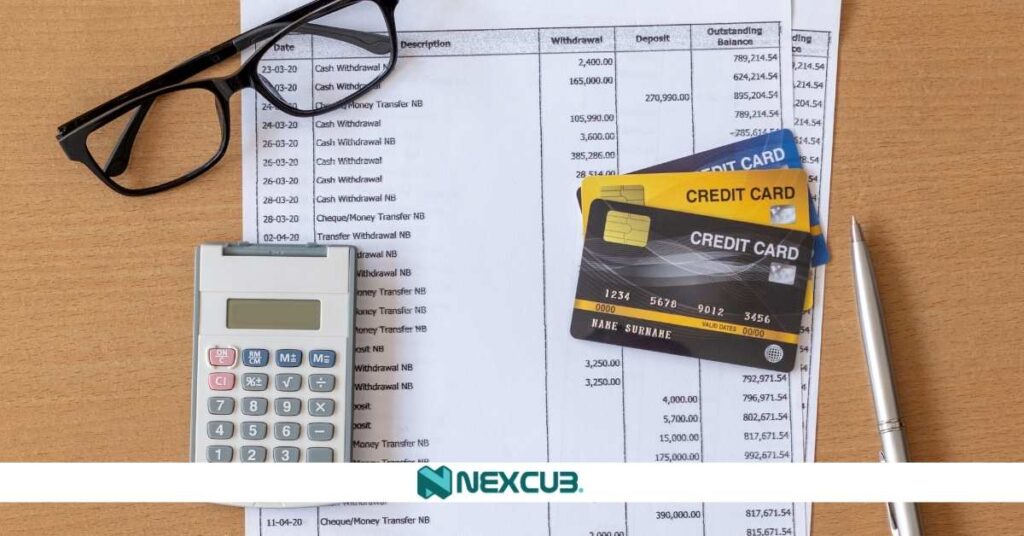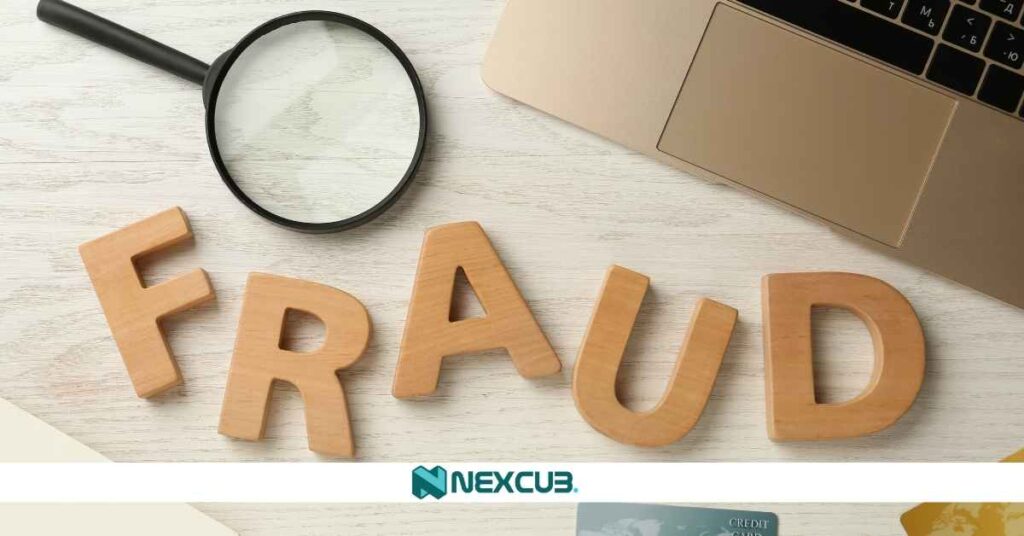Our Location
304 North Cardinal St.
Dorchester Center, MA 02124

A bank statement is a detailed summary of your account’s financial activities, typically issued monthly by your bank. It shows deposits, withdrawals, transfers, and balances, helping you track your money and spot any errors or fraud. Whether you’re managing personal finances or preparing for a loan application, this document is essential for understanding your financial health.
Ever wondered how a bank statement can simplify budgeting and streamline financial planning? Let’s uncover its benefits, requirements, and why it’s a key tool for your financial success.
A bank statement is a monthly record provided by your bank that shows all the transactions in your account. It includes details like deposits, withdrawals, purchases, and transfers, along with the starting and ending balances for the period. This document helps you monitor your spending, verify payments, and detect unauthorized transactions.
Bank statements are important for financial planning and are often required for loan applications, renting property, or proving income. Most banks offer both paper and digital statements, making it easy to access and store them. Regularly reviewing your bank statement ensures your finances stay on track and helps you identify areas where you can save.
A bank statement serves as a vital financial record, offering a detailed summary of all transactions in your account over a specific period. Its primary purpose is to help account holders monitor their spending, verify deposits and payments, and detect unauthorized transactions.
Whether you’re budgeting, applying for a loan, or preparing taxes, a bank statement provides the clarity needed to manage your finances effectively.

A bank statement lists all activities, including deposits, withdrawals, transfers, and fees, along with the opening and closing account balances. It’s typically generated monthly and can be accessed via mail or online banking platforms. Each entry includes a date, description, and amount, making it easy to track financial trends and discrepancies.
By comparing your personal records with your bank statement, you can catch errors or fraudulent activity quickly. For businesses, these statements are essential for auditing and reconciling accounts. For individuals, they’re handy for understanding where your money goes and ensuring nothing is overlooked. Regularly reviewing your bank statement helps maintain financial health and avoid overdraft fees or missed payments.
Bank statements come in two main types: electronic bank statements and paper bank statements. Both serve the same purpose providing a detailed record of your financial transactions but differ in format and accessibility.
An electronic bank statement is a digital version of your account summary, accessible through your bank’s online or mobile platform. They are eco-friendly, easy to store, and can be accessed anytime. Many banks send email notifications when a new statement is available, ensuring you never miss an update. Electronic statements also reduce clutter and offer quick search options to locate specific transactions.
Paper bank statements are mailed to your address and provide a physical copy of your account activity. These are useful if you prefer keeping hard copies for records or need them for official purposes like loan applications or legal documentation. However, they can take longer to arrive and may incur additional fees at some banks.
Choosing between electronic bank statements and paper statements depends on your preference for convenience or tangible records. Both formats ensure you stay informed about your financial activities.
A bank statement is more than just a record; it’s a powerful tool for managing your finances. By reviewing your statement regularly, you can track your spending habits, budget effectively, and spot unauthorized transactions quickly. It also serves as proof of income or financial stability when applying for loans or renting property.
Key benefits include:
Using your bank statement wisely can lead to better financial health and smarter money management decisions.

Getting a bank statement is easy and can be done in multiple ways. Most banks offer online access through their website or mobile app, where you can download or view electronic statements. If you prefer physical copies, you can request one by visiting your bank branch or contacting customer service. Some banks even offer the option to mail paper statements monthly for a fee.
Steps to get a bank statement:
While both a bank statement and transaction history provide financial details, they serve different purposes.
Your bank statement is private and cannot be accessed by anyone without your consent. Banks are bound by strict privacy laws, ensuring your financial information remains secure.
Who can access it?
Never share your banking details with unverified parties to avoid fraud or identity theft. By safeguarding your bank statement, you maintain control over your financial data and protect your privacy.
A bank statement is a detailed record of transactions over a period, while a bank certificate is an official document summarizing account details like balance and ownership for specific purposes.
| Aspect | Bank Statement | Bank Certificate |
| Purpose | Tracks transactions and balances | Verifies account ownership or balance |
| Format | Detailed with dates and descriptions | Brief and official summary |
| Issued for | Financial management, loan applications | Visa, audit, or legal requirements |
| Frequency | Monthly or upon request | On-demand |
| Details Included | Transactions, deposits, withdrawals | Account holder’s name, balance |
| Cost | Often free (digital); fee for paper copy | Usually incurs a fee |
The MBI SETL charge appears on your bank statement when you’ve made a purchase through a service or platform that processes payments via MyBankInfo (MBI). It is commonly linked to subscriptions, online services, or third-party billing providers. The description “SETL” refers to “settlement,” indicating the completion of a payment transaction.
If you see an MBI SETL charge, it’s crucial to review your recent transactions or subscription services. This ensures the charge matches a payment you authorized. If you’re unsure about its origin, checking with the merchant or contacting your bank can clarify the situation.

The MBI SETL charge isn’t necessarily a scam or fraud. In most cases, it’s a legitimate transaction linked to an authorized service. However, unauthorized charges can occur due to mistakes or fraudulent activity.
What to do if unsure:
By monitoring your bank statement regularly, you can identify unauthorized charges early and protect your account from fraud.
Read: What Are the Fenix Internet LLC Charges on Your Bank Statement?
If you find an MBI SETL charge on your financial statement or credit card that you don’t recognize, follow these steps:
Regularly monitoring your financial statement helps catch unauthorized charges early and prevents further issues.
Spotting an MBI SETL charge on your financial statement or credit card can be concerning, but it’s often linked to legitimate transactions. By reviewing your purchases, contacting the merchant, and notifying your bank if needed, you can quickly resolve any confusion. Staying vigilant and regularly monitoring your bank statement helps protect you from unauthorized charges and fraud. Always act swiftly to ensure your financial security and keep your accounts in check.
What is MBI on a bank statement?
MBI on a bank statement typically refers to a payment processed through MyBankInfo (MBI). It’s often linked to subscription services or online purchases.
What is the full form of MBI bank?
The full form of MBI in banking is MyBankInfo. It’s a service that processes payments for various subscriptions or financial transactions.
What is fees on my bank statement?
Fees on your bank statement are charges applied by your bank for specific services, like ATM withdrawals, overdrafts, or account maintenance.
What is MBI or MED-i-bank?
MBI or MED-i-bank refers to a payment processor linked to transactions, often related to medical services or health insurance.
Why are bank statements needed?
Bank statements are essential for tracking your finances, monitoring transactions, and providing proof of income for loans or tax purposes.
What can someone do with my bank statement?
Someone with access to your bank statement can verify your account details, track spending habits, or use it as proof of income or financial status.
What is the main purpose of a statement of account?
The main purpose of a statement of account is to summarize and document all transactions over a period, helping you track your financial activities.